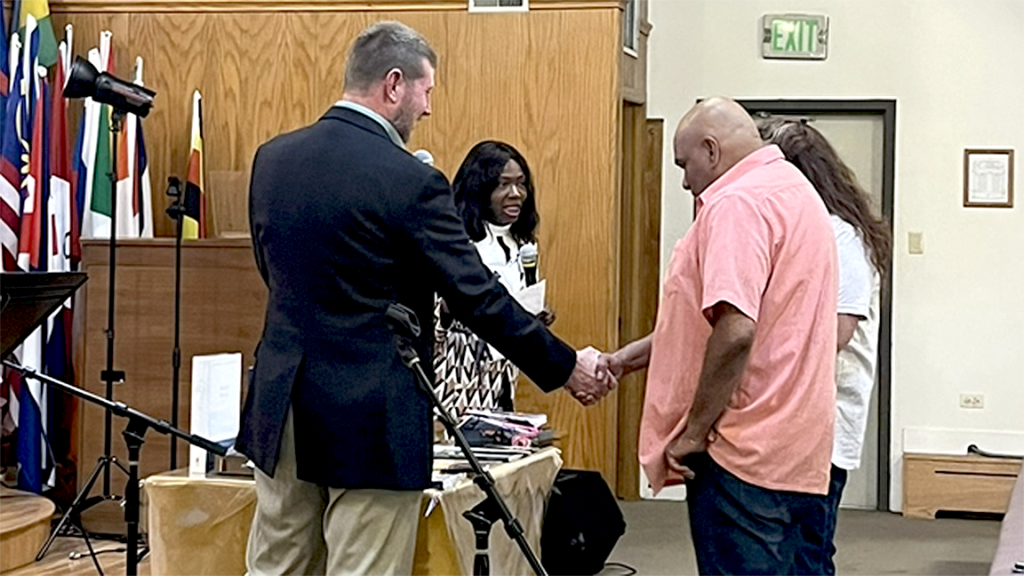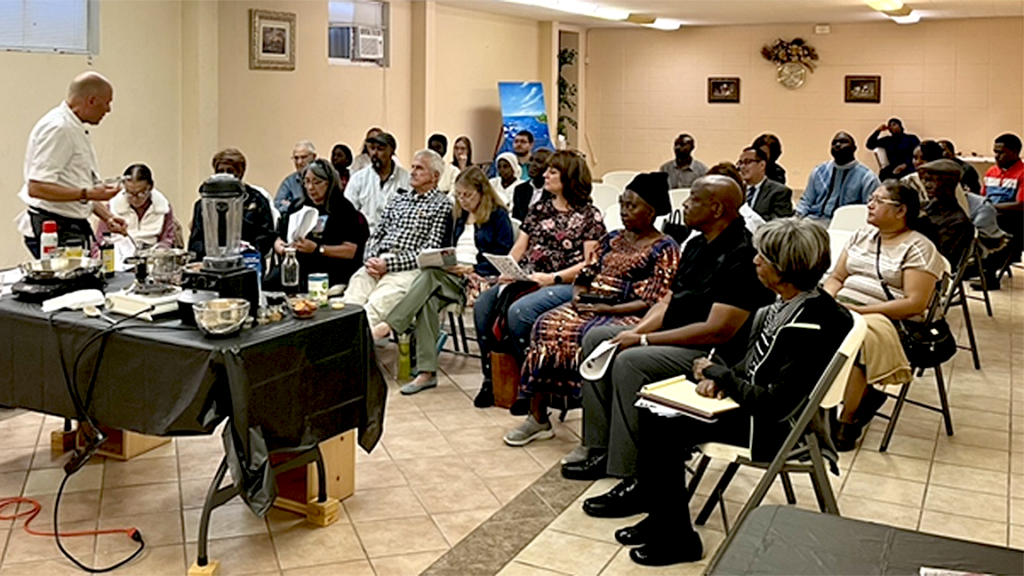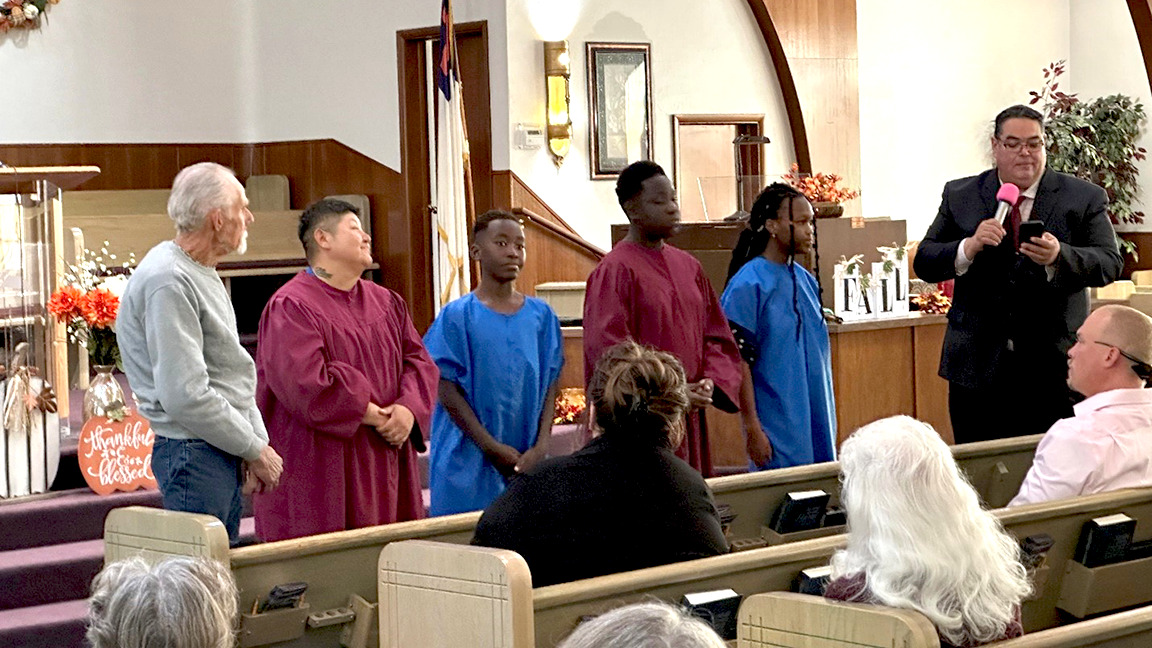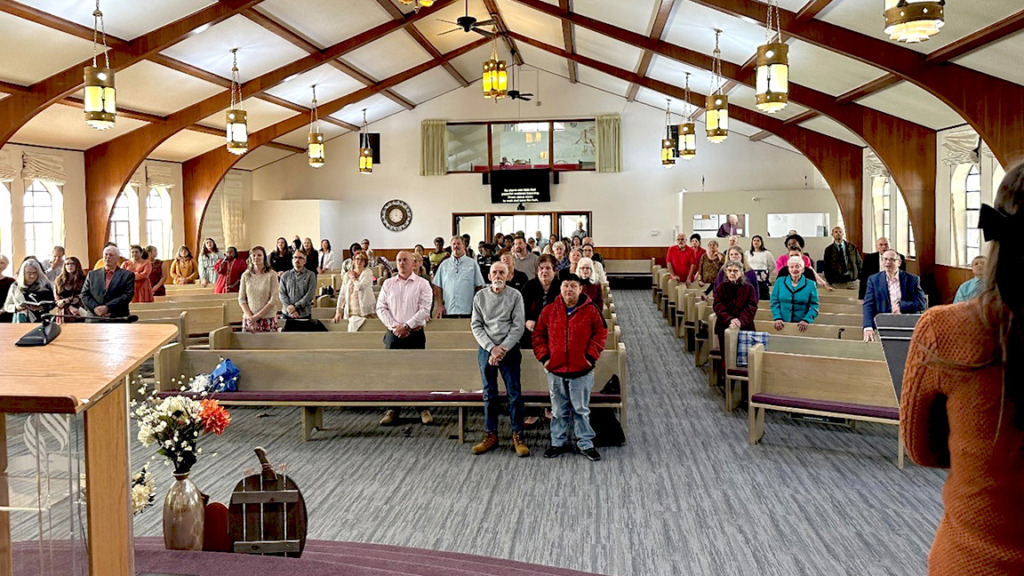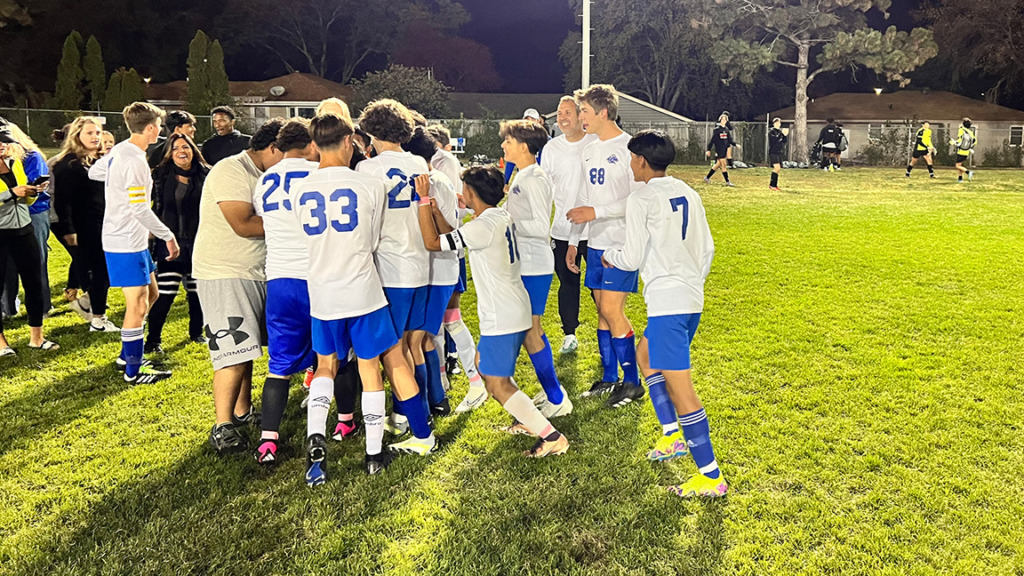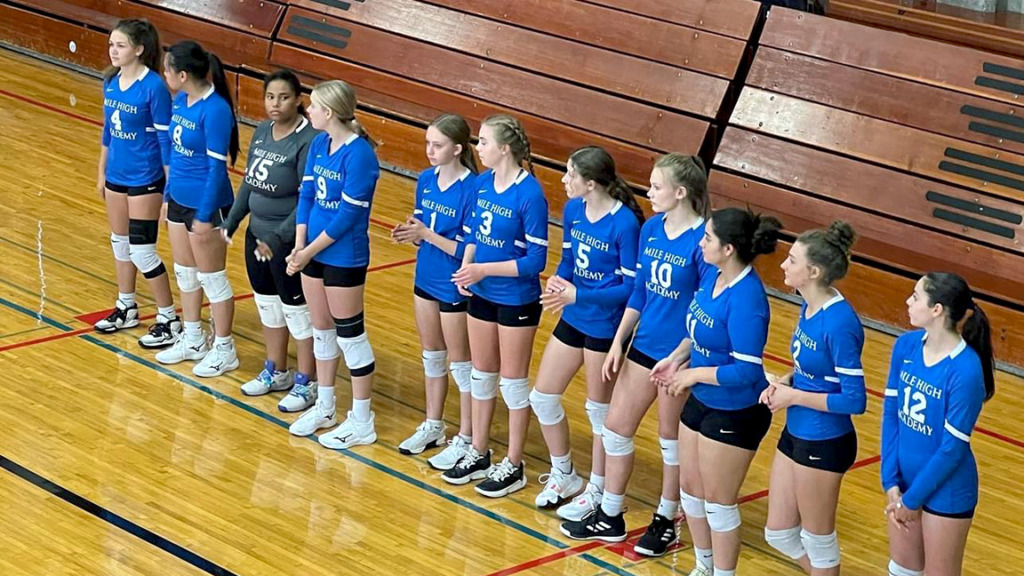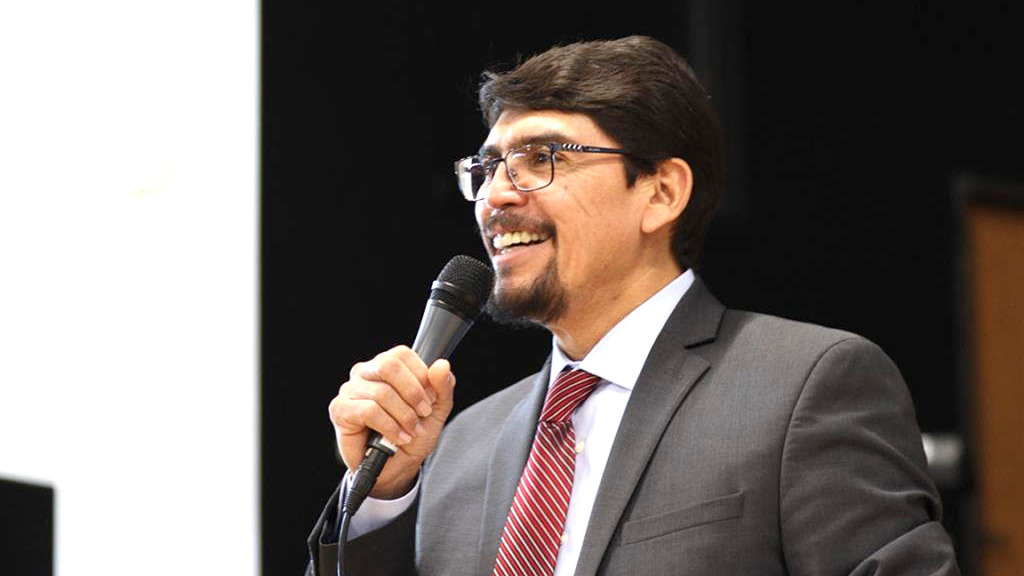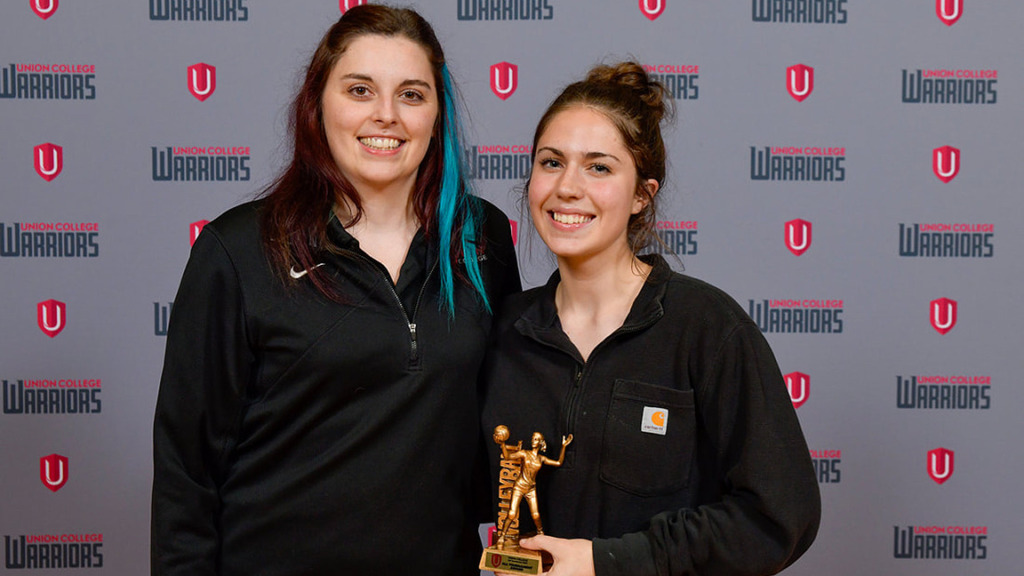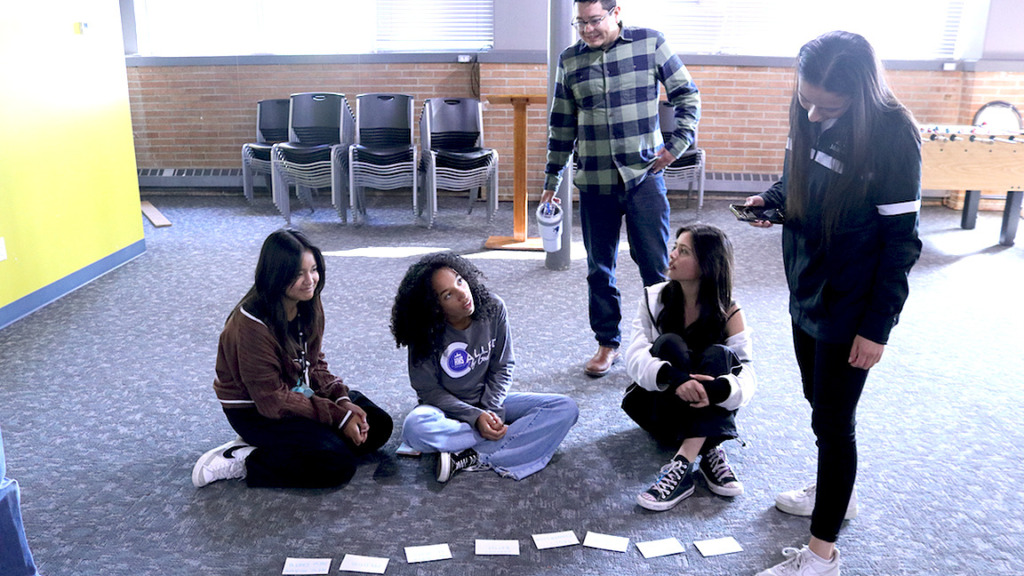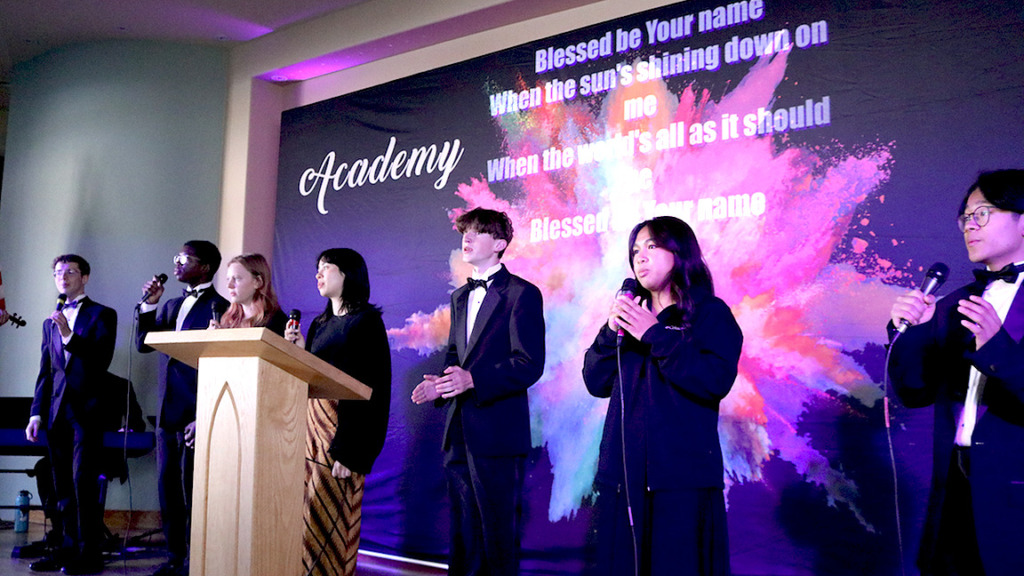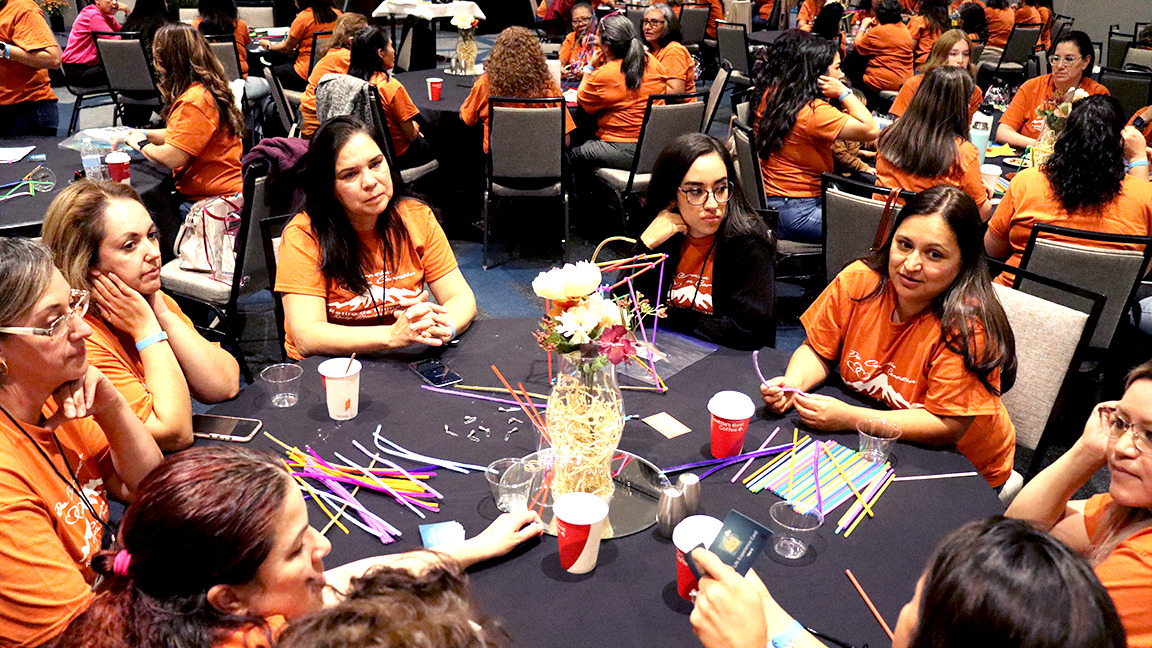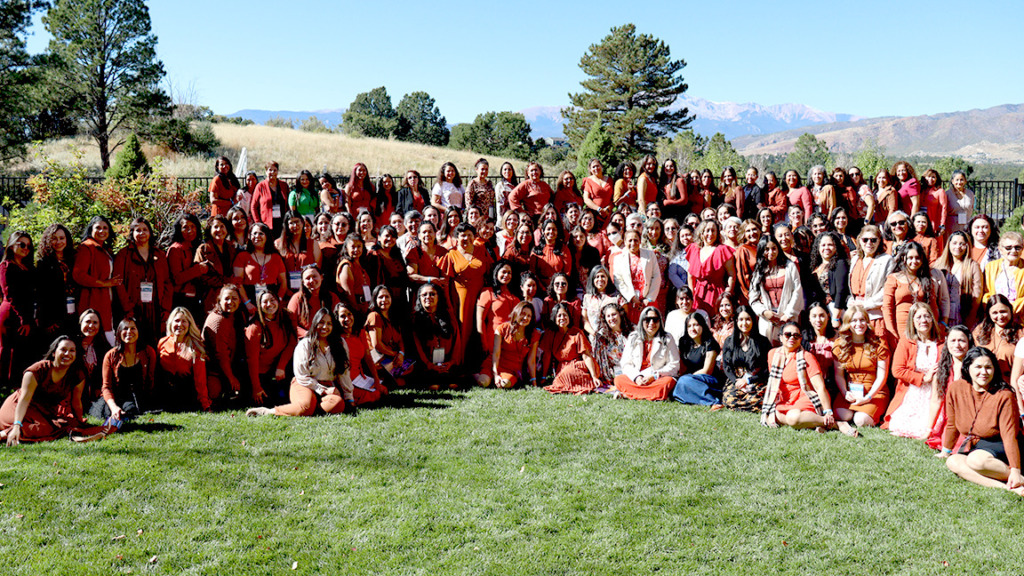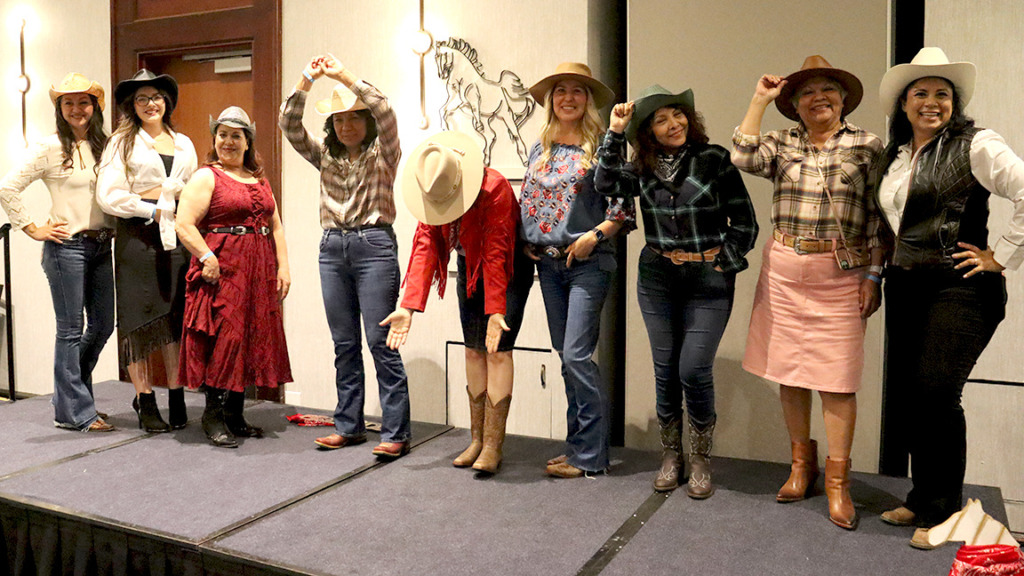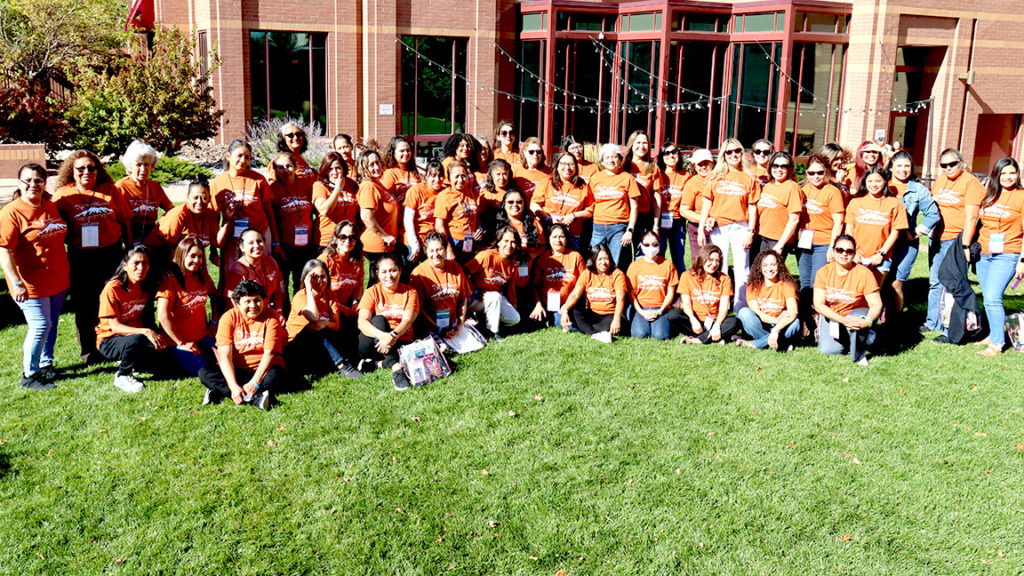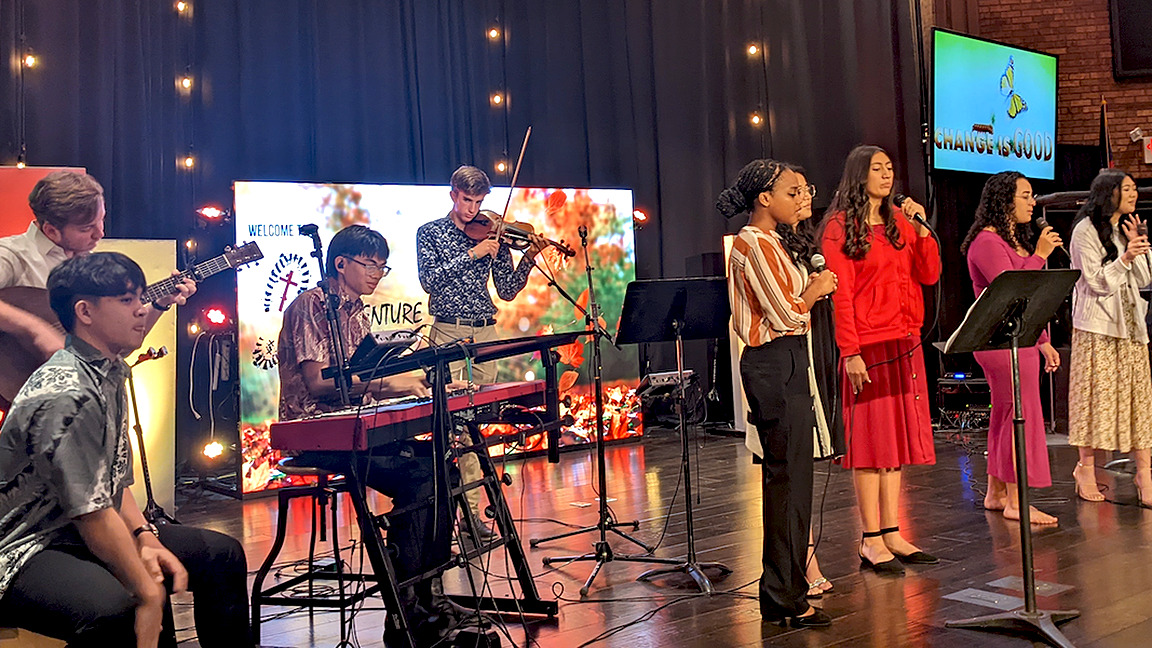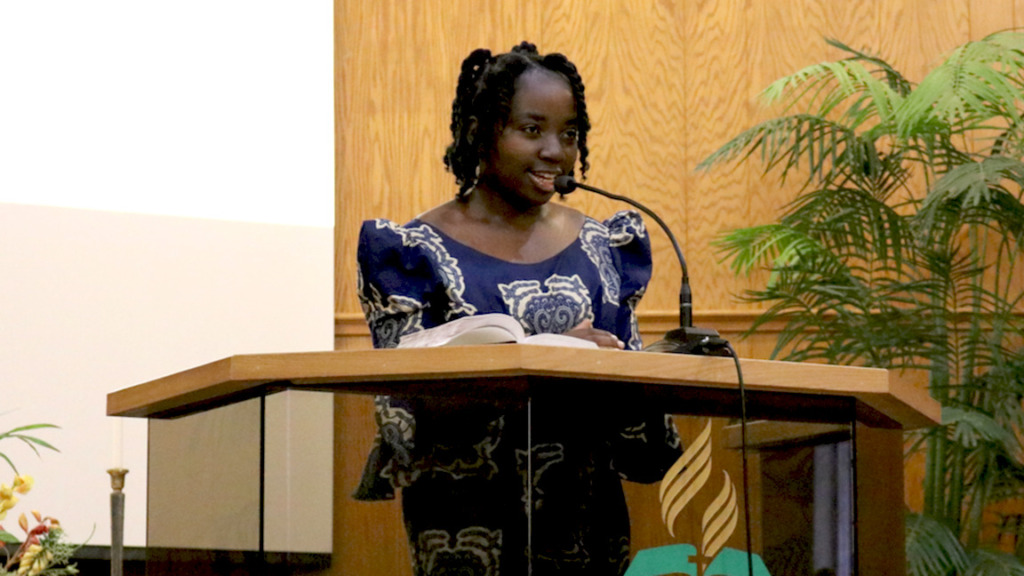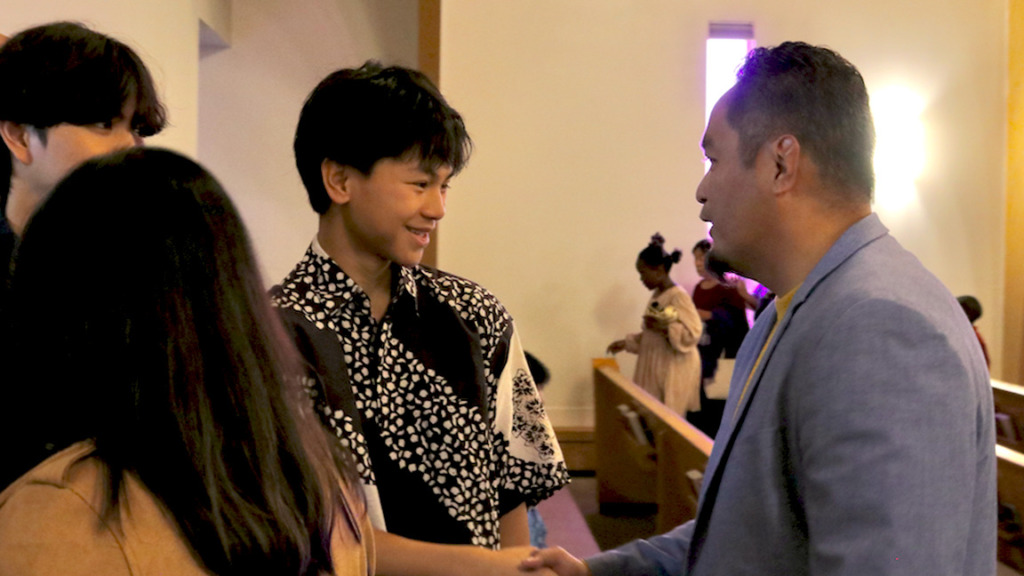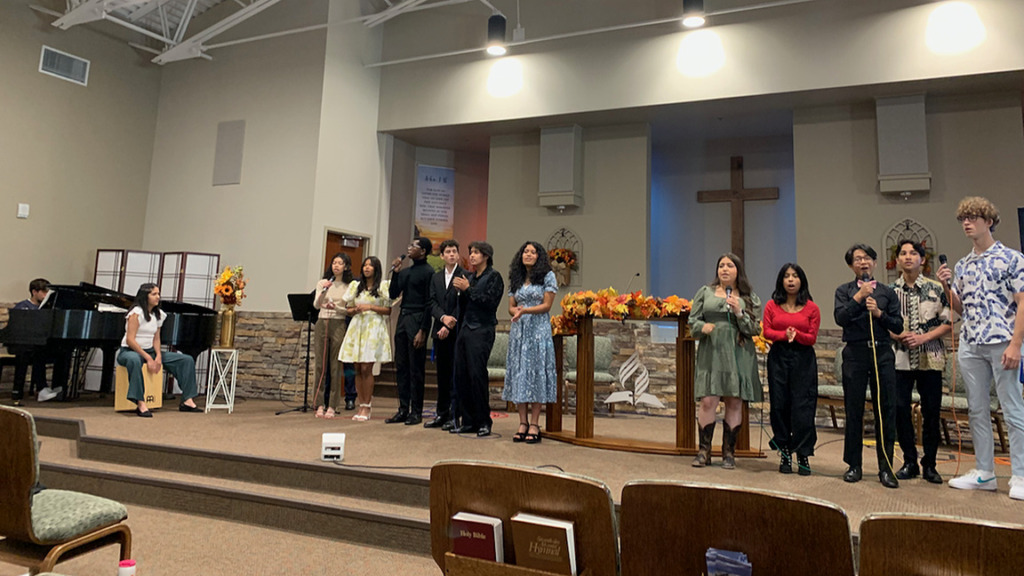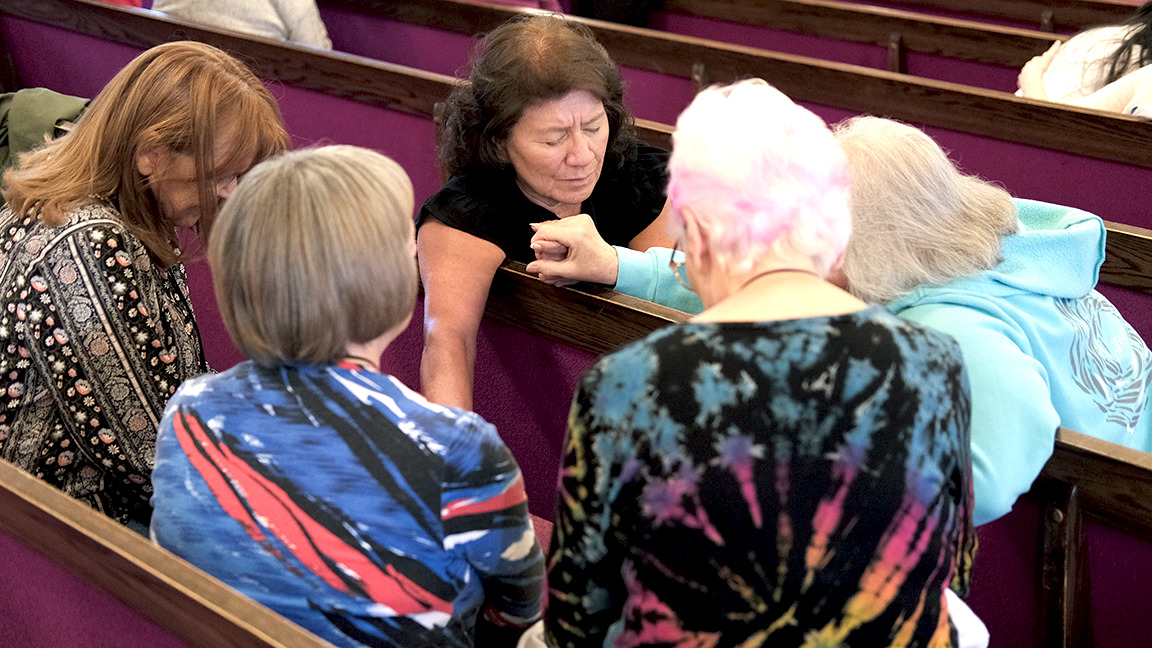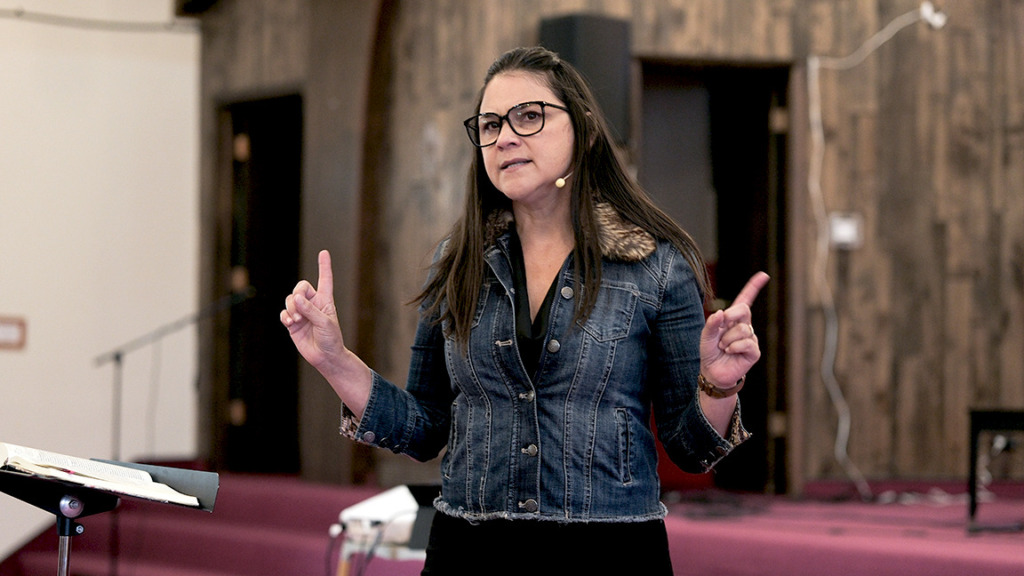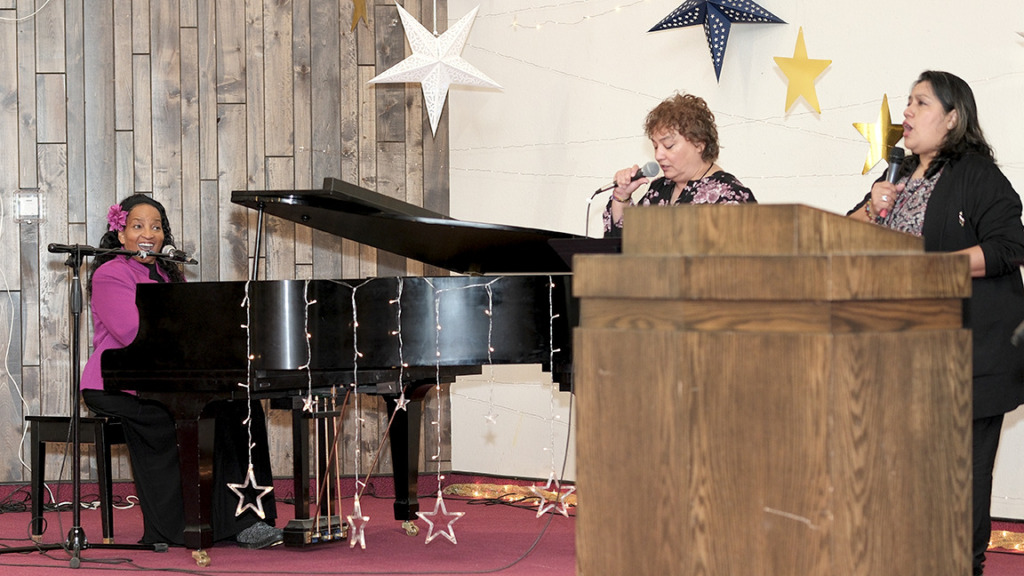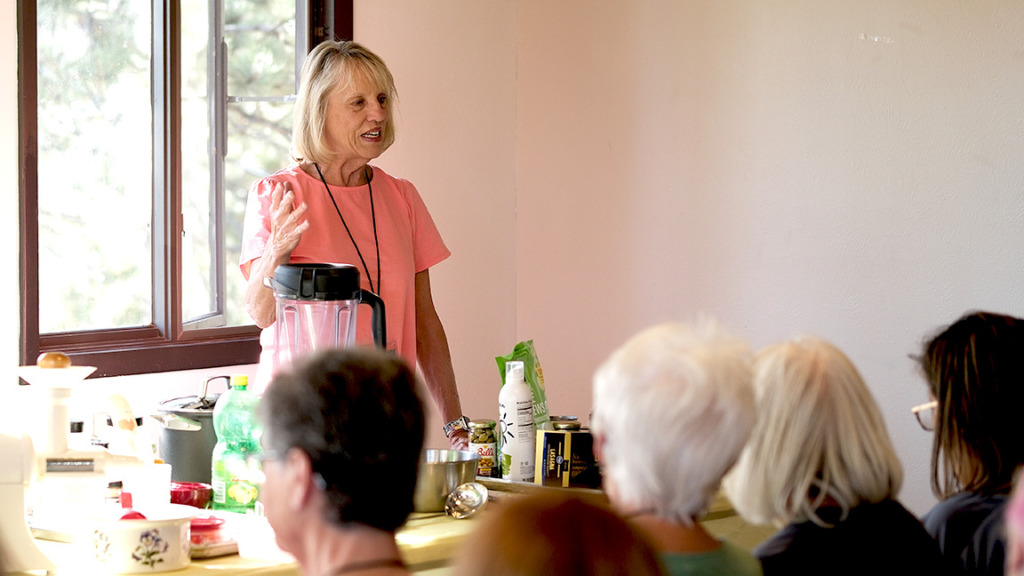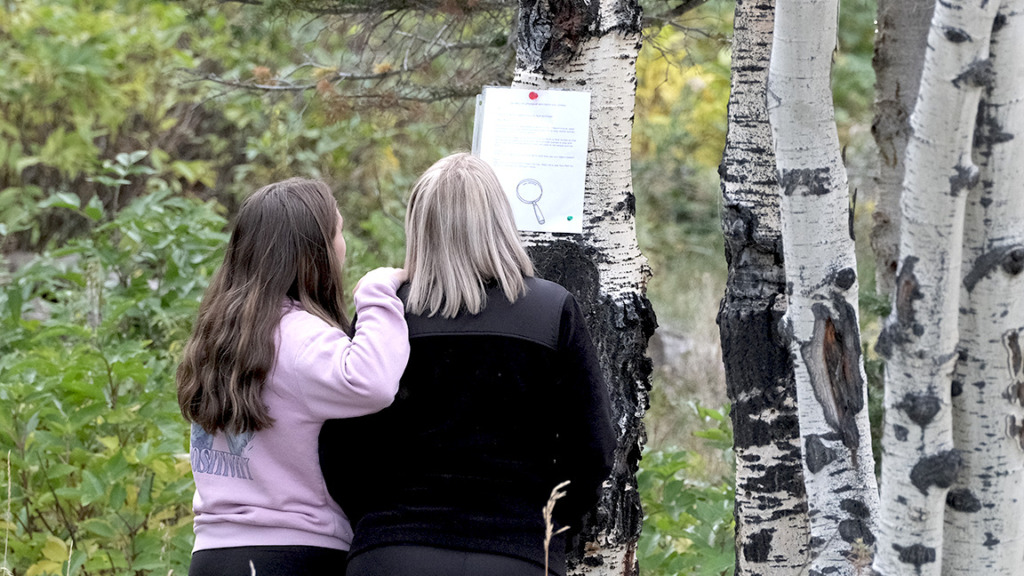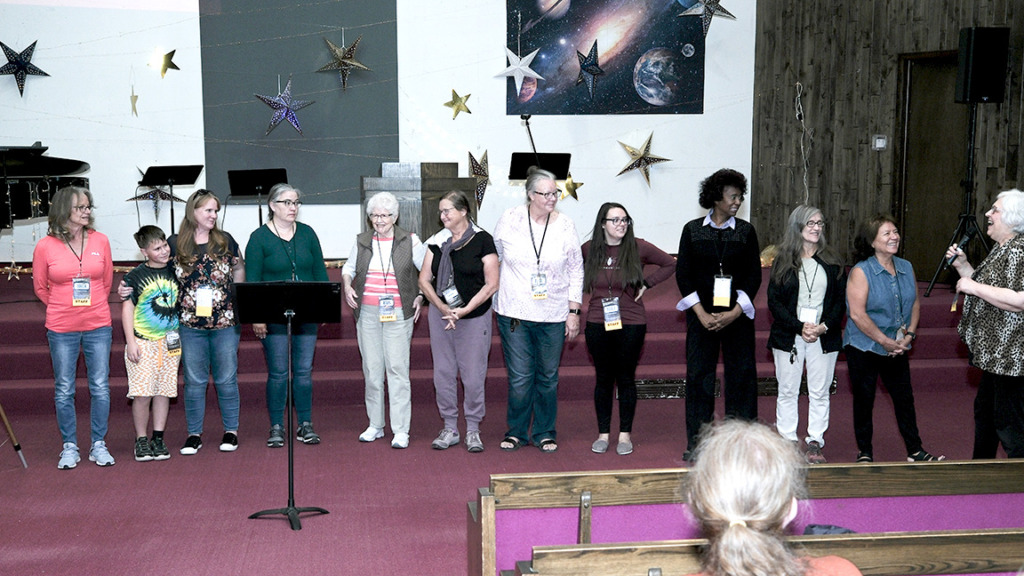José R. Alarcon – Aurora, Colorado … The Aurora-First Seventh-day Adventist Church in Aurora, Colorado, embarked on a fall evangelistic series entitled, “The Commander of the Deep,” based on the Book of Jonah, October 14-21. The series included nine presentations and drew great crowds of up to 100 people on weeknights and 300 people on Sabbaths.
One major question that the series was trying to address was “Is Jesus qualified to be the Commander of the Deep?” Speaker José R. Alarcon, pastor at Aurora-First Church, explained God’s Word trying to answer this question.
The Apostle Peter, right before the Sanhedrin, declared, Salvation is found in no one else, for there is no other name under heaven given to mankind by which we must be saved (Acts 4:12, NIV).
The Great Commission, given by Jesus himself in Matthew 28: 18-20, doesn’t need reinforcements. What Jesus was implanting in the minds of his disciples is that the Gospel needs to be preached, proclaimed, and conveyed. The Gospel is God’s undiluted Message, simple yet powerful, simple but in no need of improvement. In fact, the gospel is not made powerful by dynamic preaching nor by spiritual singing or by anything else. These things may adorn the gospel, but the gospel doesn’t need to be enhanced, but rather preached.
The Children Ministries department conducted nightly programs for the children. There were nightly gifts for the guests, health nuggets, praise teams, special music, and nightly refreshments.
The Health Ministries department invited Erick Aakko, a certified plant-based chef and educator, to present, October 15. The event drew almost 50 church members and guests. Chef Aakko prepared a delicious breakfast for all the participants. On October 21, Christian singer Jennifer Lamountain did a one-hour concert followed by the special baptismal ceremony.
Those that were newly baptized were formally introduced as church members. Each of the candidates were assigned to mentors who will help them achieve spiritual progress as new creatures in Christ. Some of the attendees have even decided to join Pastor José’s next baptismal class.
Among the attendees was member and church clerk, Rosalie White, who commented on her overall perception of the evangelistic series. She stated, “The Fall Evangelism Series at Aurora-First deepened our understanding of how much God loves us. It revealed that no matter the trials and tribulations in our lives, Jesus, the Commander of the Deep, is really in control of all the situations in our lives.”
“Everyone who attended came away with a profound knowledge of the truth advancing them in their spiritual journey. Only in the glory of eternity will the results of the fall evangelism be revealed,” she continued.
Organized by the Aurora-First Church’s pastor and Evangelistic Team, the event proved to be successful, not due to the attendance and the end-result of 11 baptisms, but because God’s Word was the star of the week. When God’s Word is admonished, then God’s Message is conveyed.
For attendees Paul and Delores Cunha, the series was a remarkable experience. They reflected, “We enjoyed the ‘Commander of the Deep Series.’ It was a unique presentation in two ways: It portrayed how Jonah was a type of Jesus, and it illustrated our own, less-than perfect behavior. Pastor José preached with such a fervor and used biblical and historical facts that made the Jonah story come alive, believable, and relatable. The question at hand about Jesus been the Commander of the Deep was certainly answered.”
And so, the Aurora-First Seventh-day Adventist Church will continue to strive forward, carrying on with their main responsibility of preaching, proclaiming, and conveying God’s Message. Why? Because “Salvation is found in no one else, for there is no other name under heaven given to mankind by which we must be saved.”
—José R. Alarcon is lead pastor at the Aurora-First Seventh-day Adventist Church. Photos by José R. Alarcon.

